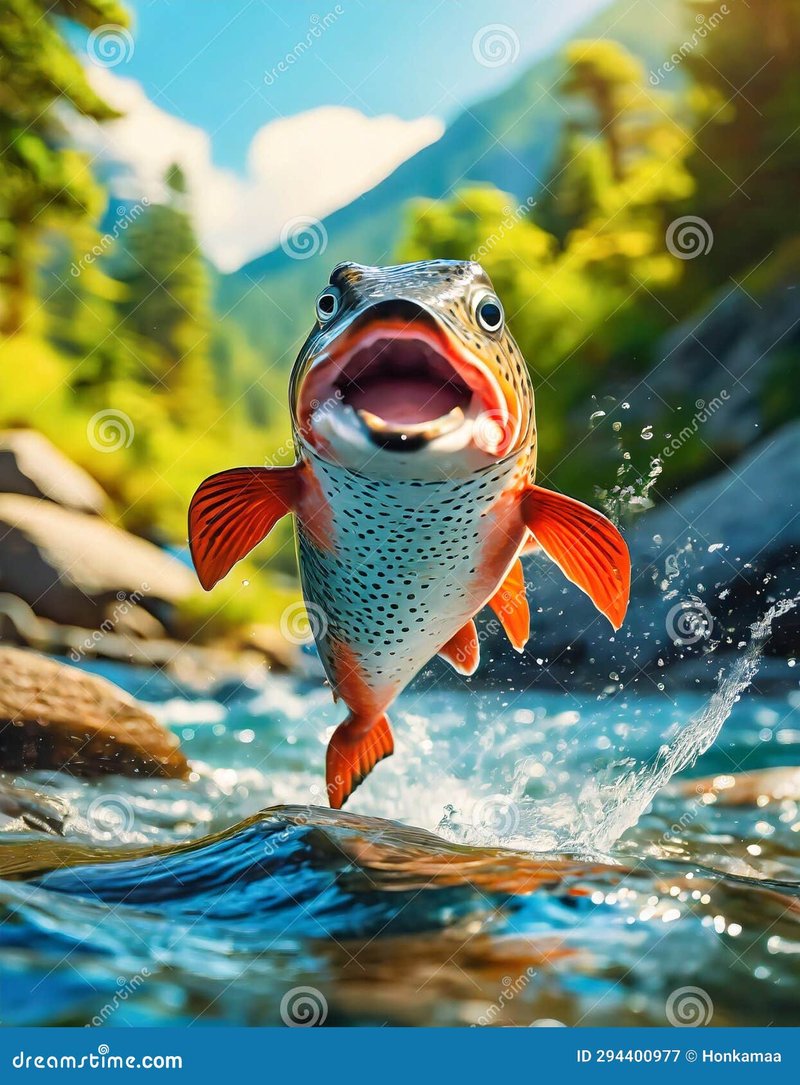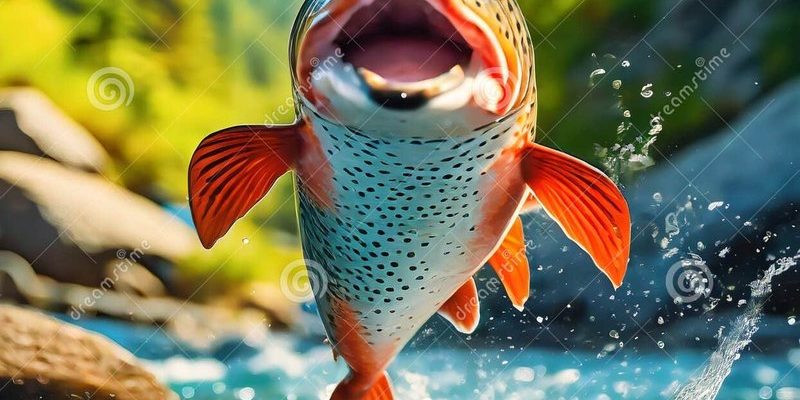
Salmons are fascinating creatures, known for their remarkable ability to thrive in diverse environments. Whether they’re in icy rivers or vast ocean waters, these fish have developed impressive techniques for survival. Today, we’re diving into their world to see how they manage to not only survive but also thrive in some of nature’s most taxing situations.
The Life Cycle of a Salmon
To truly understand how salmons survive harsh environments, we should start by looking at their life cycle. Salmons begin their journey in freshwater rivers. After hatching from eggs, they spend some time in the stream, developing into fry. This early stage is crucial for their development. They rely on a mix of nutrients from the water and the surrounding environment to grow strong.
As they mature, salmons undergo a transformation, both physically and behaviorally. They migrate from freshwater to saltwater—a daring leap that many fish can’t manage. This transition is vital; salmons develop specialized cells in their gills that allow them to adapt to the salinity of ocean water. Honestly, it’s like going from living in a cozy small town to tackling the hustle and bustle of a big city—it takes some adjusting!
Once in the ocean, salmons embark on a journey that can span thousands of miles. During this time, they face numerous challenges: finding food, avoiding predators, and managing the ocean’s currents. Their acute senses and instinctual behaviors help them navigate this vast expanse, ensuring they can find their way back to their birthplace to spawn.
Adapting to Temperature Fluctuations
Temperature is one of the biggest challenges salmons face. They thrive in specific ranges, usually between 50°F and 60°F. However, they often encounter water temperatures that veer into extremes due to seasonal changes or climate shifts. To cope, salmons have developed several fascinating adaptations.
First, salmons can regulate their body temperature to an extent. They have a layer of fat that provides insulation, helping them maintain warmth in cooler waters. When temperatures rise, they may seek deeper, cooler areas of their habitat. Think of it like looking for shade on a hot summer day; it’s all about finding comfort.
Moreover, salmons are known for their ability to tolerate low oxygen levels often found in warmer waters. They adjust their swimming patterns and can even slow down their metabolism, conserving energy until conditions improve. This survival strategy is crucial—it allows them to last longer during stressful temperature changes.
Navigating Predators
Predators are another significant obstacle for salmons. From birds to larger fish, these creatures have numerous threats lurking in the waters. So how do salmons stay alive when facing such danger? Their survival comes down to a mix of instinct, physical adaptations, and clever behaviors.
One primary defense mechanism is their schooling behavior. When swimming in groups, salmons create confusion for predators. Imagine a bunch of kids playing tag in a park—the more people there are, the harder it is for someone to be caught! Salmons employ similar tactics, making it tougher for predators to single one of them out.
Additionally, salmons have powerful bodies that allow them to make quick, agile movements. Quick bursts of speed help them escape from attackers. They also tend to inhabit rocky areas where they can hide and evade larger fish. By navigating their environment skillfully, salmons minimize their risk of becoming a meal.
Finding Food in Tough Conditions
Food is essential for any living creature, and salmons are no exception. They need to consume a balanced diet to sustain their energy levels during their immensely challenging journeys. But how do they find enough food in often harsh and unpredictable environments? It’s all about adaptability.
In freshwater, young salmons eat insects, plankton, and other small organisms. As they grow and move into the ocean, their diet changes dramatically. Adult salmons primarily consume small fish and squid. They actively seek out food sources in areas where currents bring nutrients. Here’s the thing: salmons are not just passive eaters; they’re savvy foragers.
They also exhibit a fascinating behavior called “prey switching.” If their preferred food becomes scarce, they quickly adjust their diet to include other available nutrients. This adaptability can make all the difference between thriving and merely surviving in fluctuating environments.
Physical Adaptations for Survival
Salmons have evolved several physical adaptations that contribute to their impressive survival skills. These features help them navigate their often harsh habitats, making them well-suited to thrive under pressure.
One notable adaptation is their strong fins. Salmons have powerful dorsal and pectoral fins that help them maneuver through fast-moving waters. These fins enable them to maintain stability and control while swimming against strong currents. You might say their fins are like the steering wheel of a car—it’s essential for navigating those tricky roads!
Another significant attribute is their keen eyesight. Salmons can see well in both freshwater and saltwater, allowing them to detect prey and predators alike. Their vision helps them find food and navigate through murky waters, ensuring they stay one step ahead of danger.
Additionally, salmons’ bodies are designed for stamina. Their streamlined shape helps them swim efficiently, conserving energy as they travel great distances. This efficiency is crucial, especially when spawning or migrating upstream, where they must overcome natural obstacles and maintain their strength.
Migration: A Journey of Survival
Migration is perhaps the most remarkable aspect of a salmon’s life. Each year, salmons embark on an epic journey back to their spawning grounds, which often requires them to swim hundreds, if not thousands, of miles. This journey is filled with challenges, but it’s also a crucial component of their lifecycle.
Salmons navigate this arduous trek using a combination of instinct and environmental cues. They rely on their keen sense of smell to detect specific chemicals in the water that lead them back to their birthplace. It’s much like using a *friend’s scent* to find your way home after wandering through a new neighborhood.
During migration, salmons often face challenging terrains, including rapids, dams, and shallow waters. They demonstrate incredible strength and determination, leaping over obstacles and fighting against strong currents. Their resilience is truly impressive—breaking through barriers to fulfill their reproductive destiny is nothing short of amazing.
The journey of a salmon is nothing short of inspiring. From their early stages in freshwater to their migration back home, these fish exemplify resilience in the face of adversity. Their ability to adapt to temperature changes, evade predators, and find food demonstrates how incredible nature can be.
Salmons teach us a lot about survival and the importance of adaptability. In a constantly changing world, their story reminds us that, with the right strategies and determination, we can tackle our own challenges and thrive, no matter the environment we find ourselves in. Whether you’re navigating a tough situation at work or exploring new hobbies, embracing change like a salmon can lead to amazing growth.

